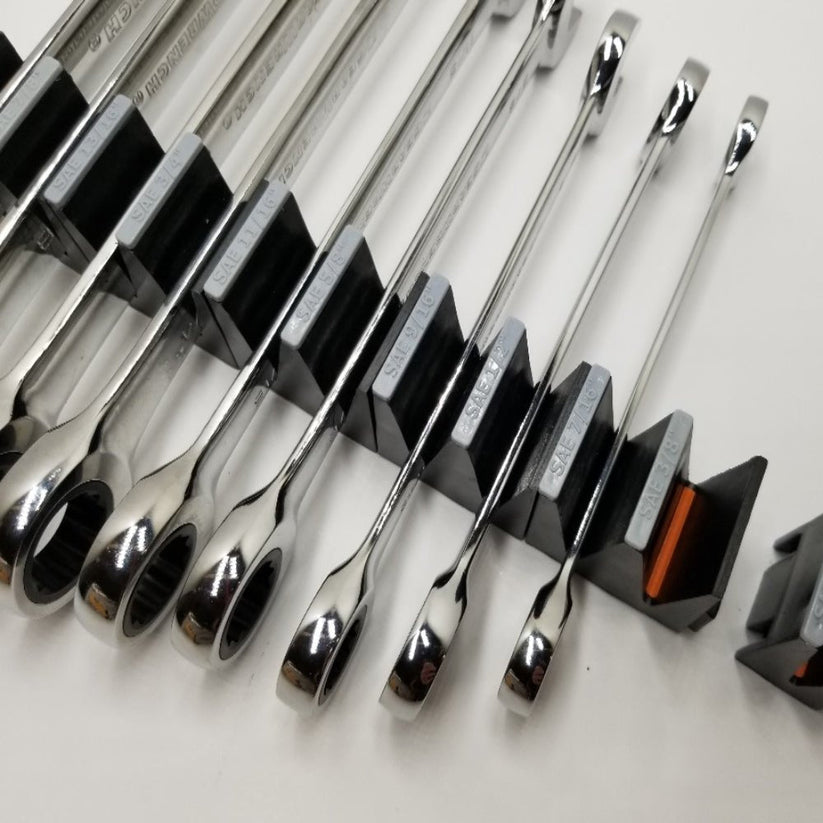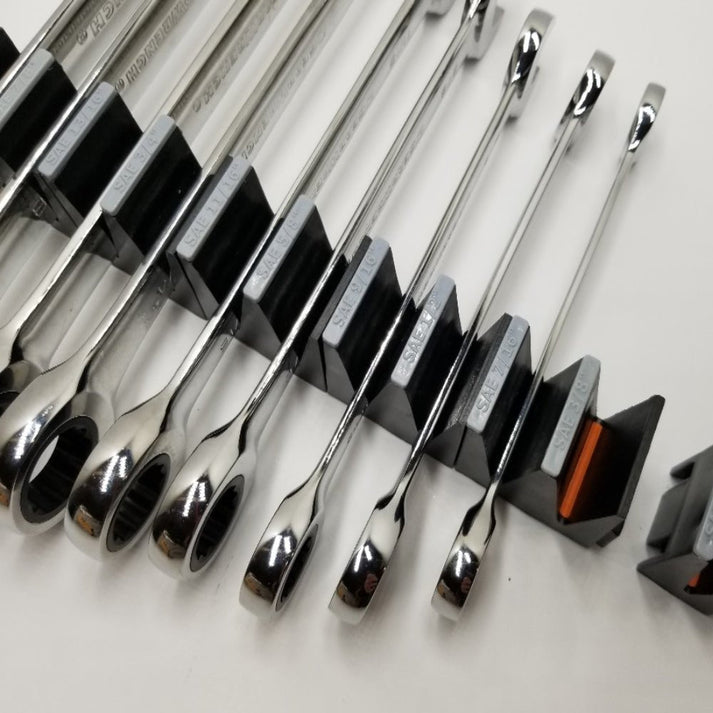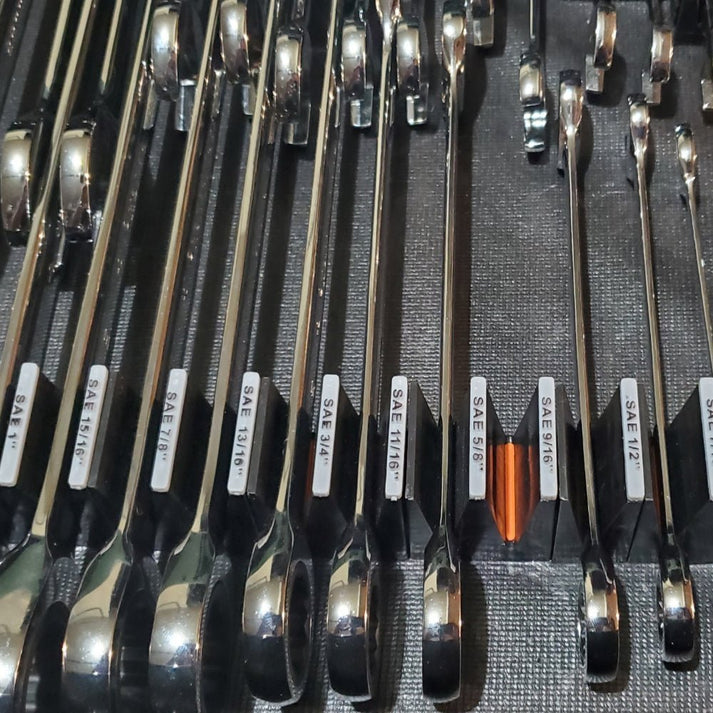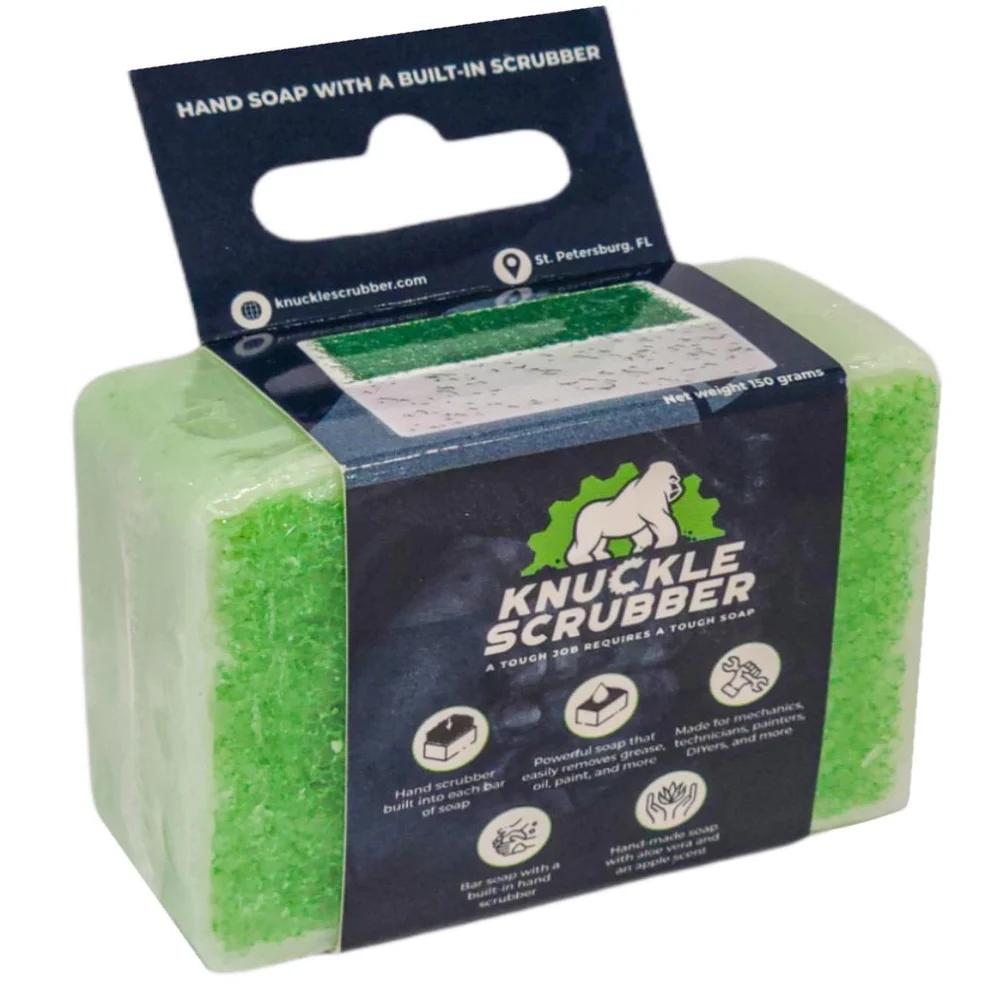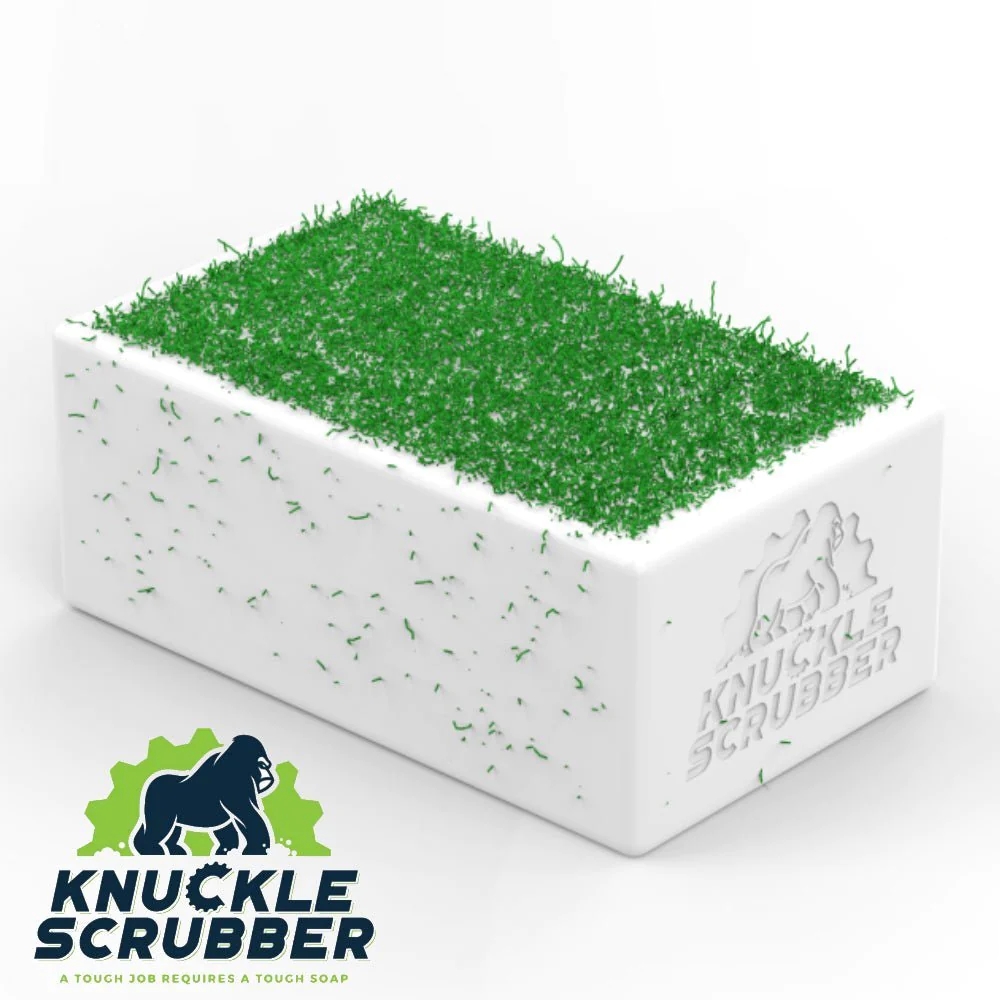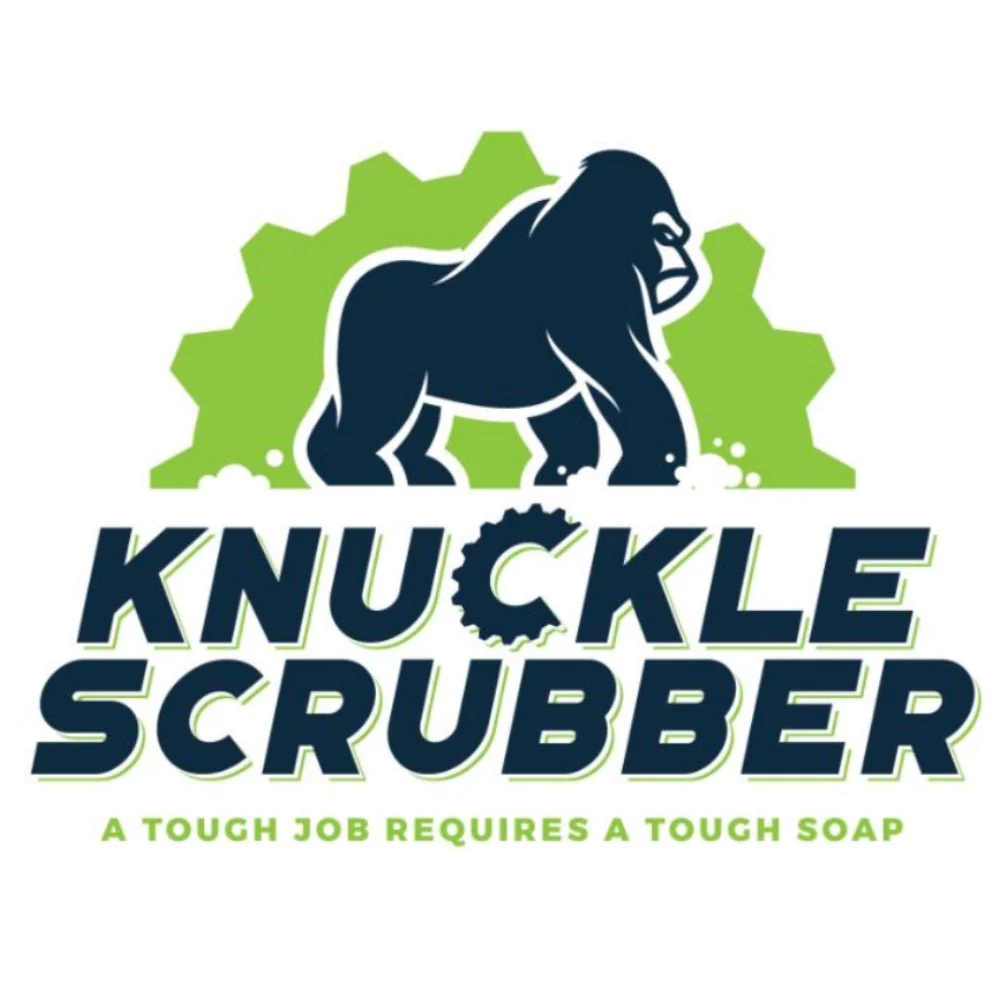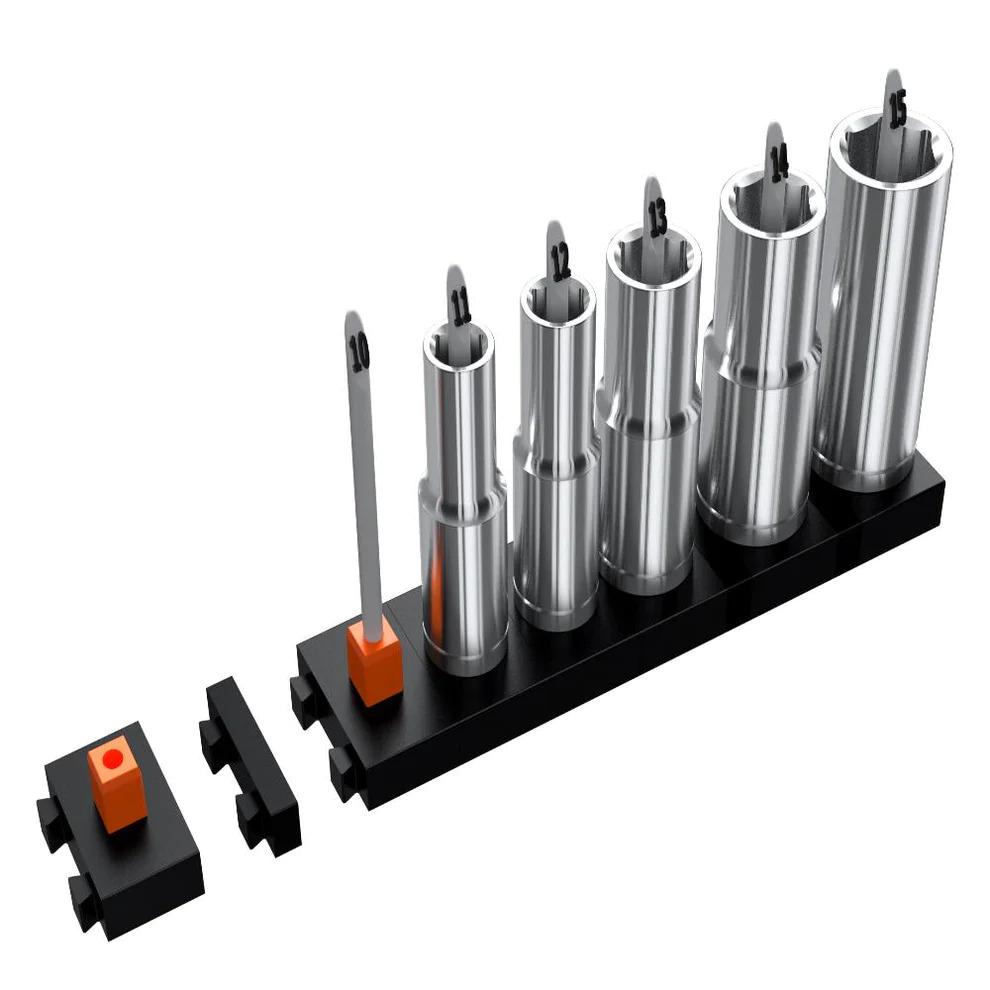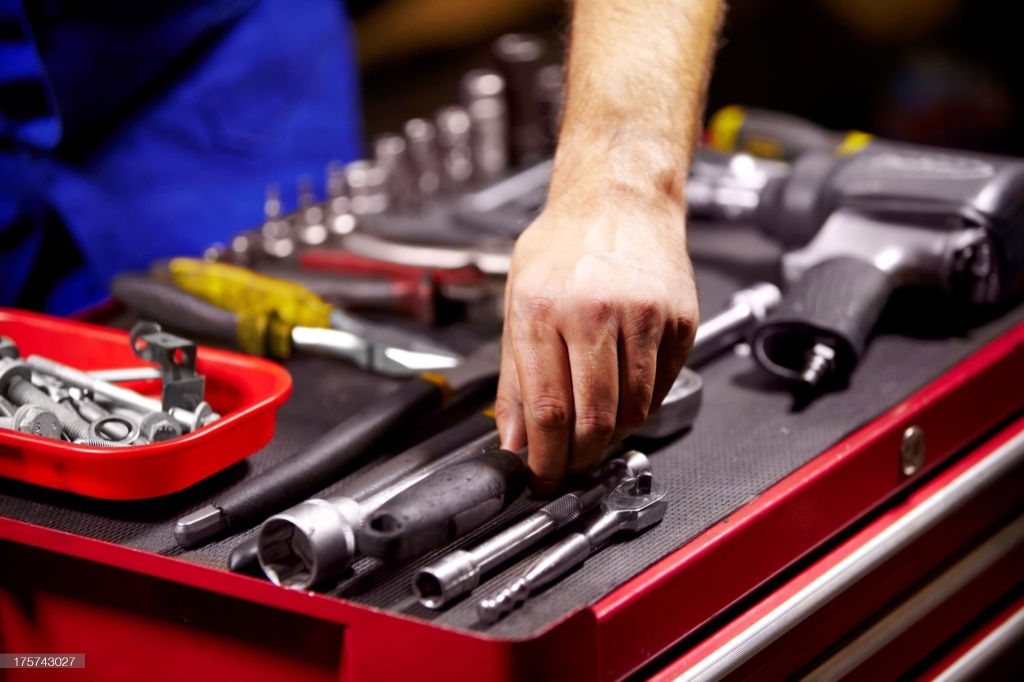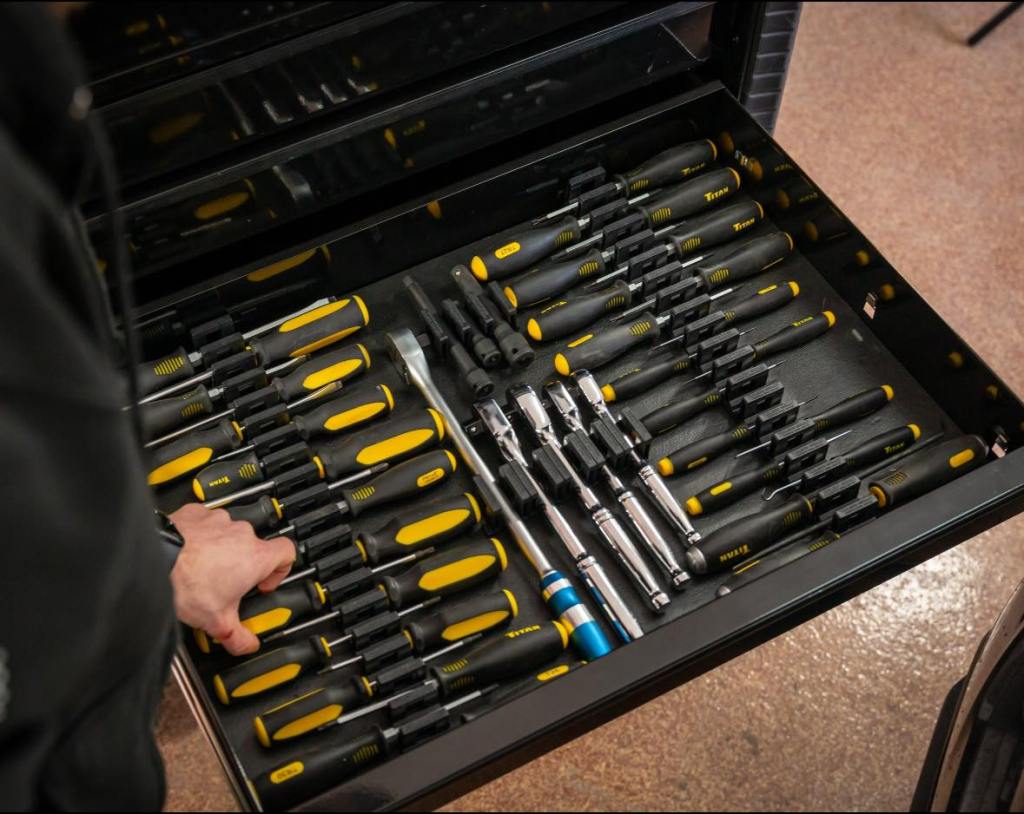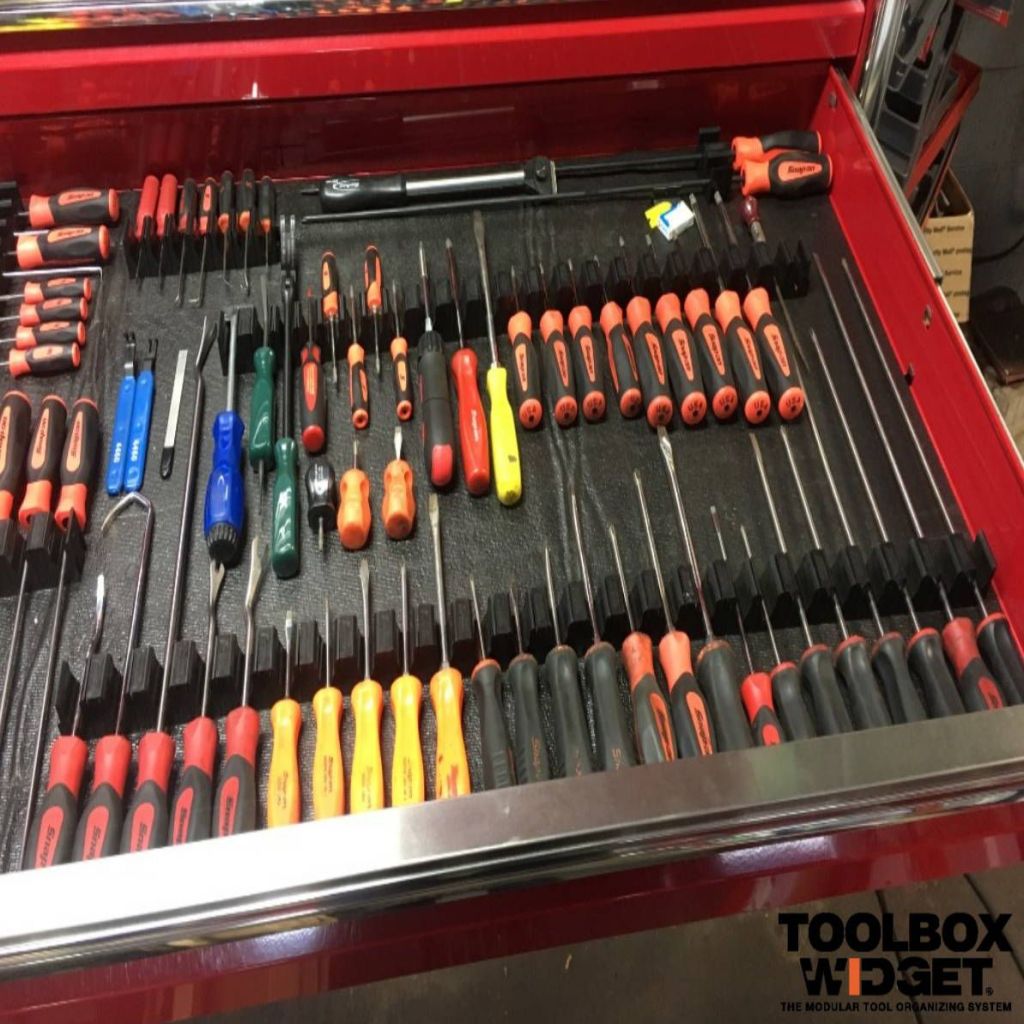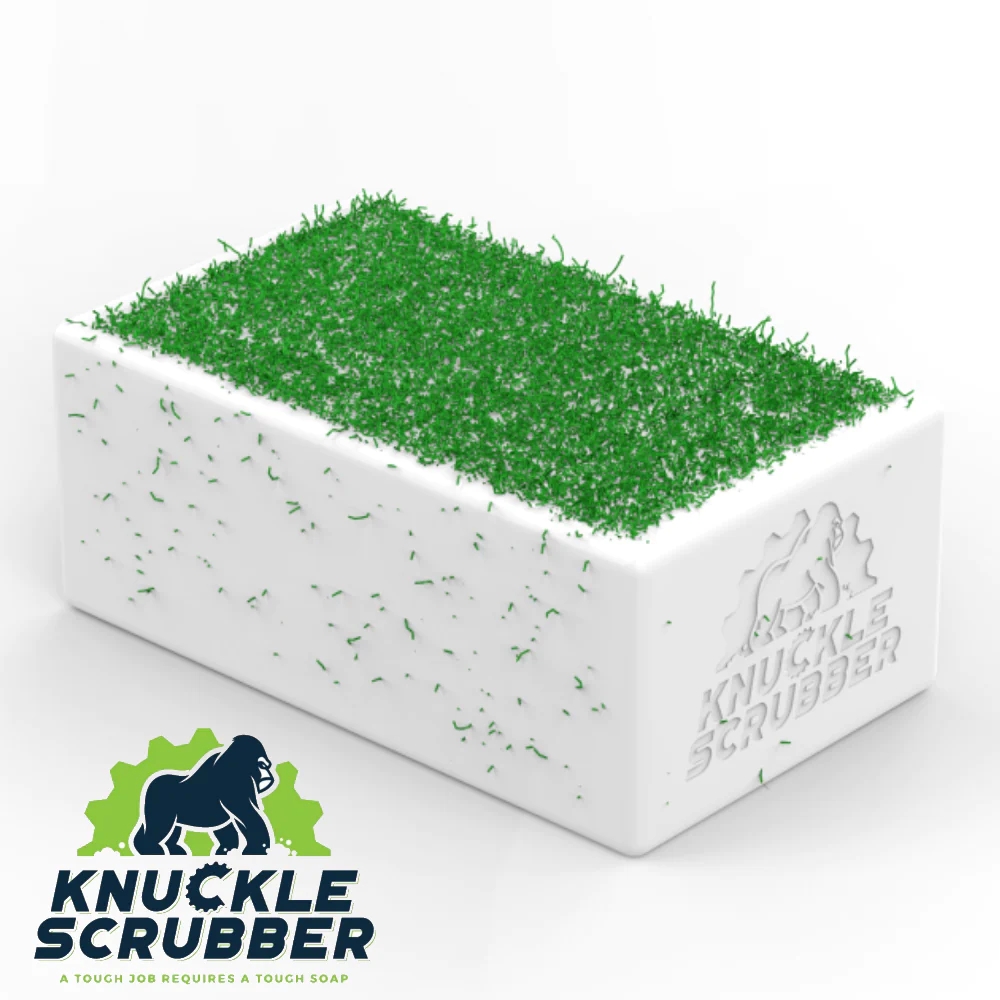If you are a DIY enthusiast, you know how important it is to have the right tools and accessories for your projects. Whether you are working on woodworking, metalworking, plumbing, electrical, or any other kind of DIY task, you need to have your tools organized and accessible. That’s why you need a tool box tray.
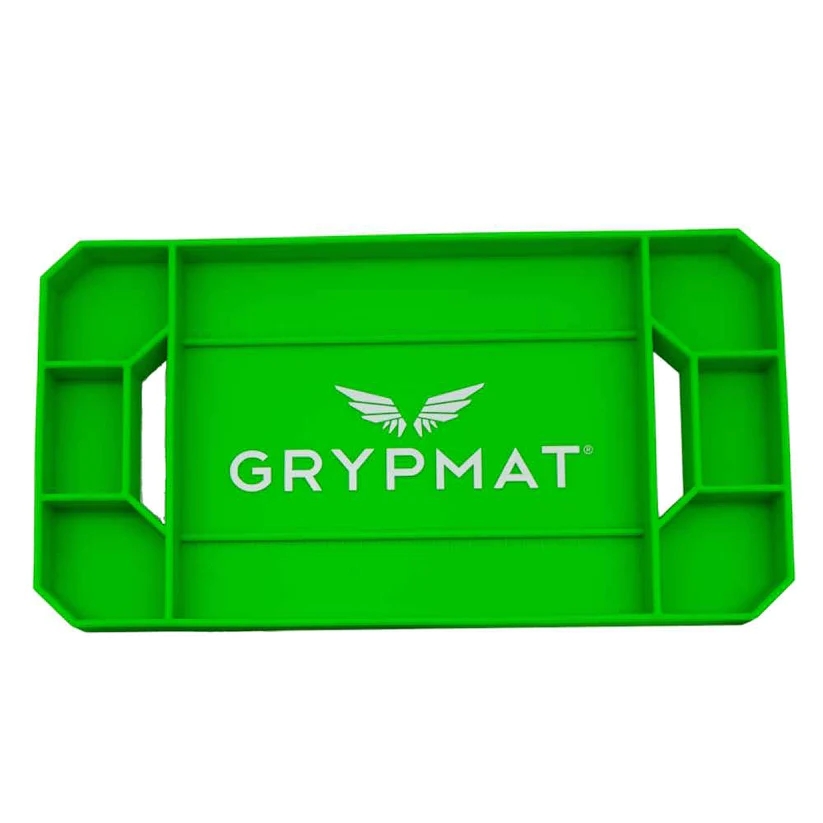
A tool box tray is a simple but effective accessory that can help you store and sort your tools in your tool box. It is a removable insert that fits inside your tool box and has different compartments or slots for different types of tools. You can use a tool box tray to separate your screwdrivers from your wrenches, your hammers from your pliers, your drill bits from your nails, and so on. A tool box tray can also help you keep your small tools and hardware, such as screws, nuts, bolts, washers, and pins, from getting lost or mixed up in your tool box.
Using a tool box tray can have many benefits for your DIY projects. Here are some of them:
• It saves you time. A tool box tray can help you find the tool you need quickly and easily, without having to rummage through your tool box or search for a missing tool. You can also save time by having your tools sorted by size, type, or function, so you can grab the right one for the job. A tool box tray can also help you avoid wasting time by having to go back and forth to your tool box to get different tools or hardware.
• It improves your efficiency. A tool box tray can help you work more efficiently by having your tools and accessories ready and handy for your project. You can also avoid interruptions or distractions by having everything you need in one place. A tool box tray can also help you plan your project better by having a clear overview of what tools and hardware you have and what you need to get or buy.
• It protects your tools. A tool box tray can help you protect your tools from damage or wear and tear by keeping them separated and secure in your tool box. You can avoid scratching, denting, or breaking your tools by having them in their own compartments or slots. You can also prevent rust, corrosion, or dirt from affecting your tools by keeping them clean and dry in your tool box tray.
• It enhances your safety. A tool box tray can help you enhance your safety by preventing accidents or injuries caused by loose or sharp tools in your tool box. You can avoid cutting yourself, stabbing yourself, or hitting yourself with your tools by having them in their own compartments or slots. You can also prevent your tools from falling out of your tool box or rolling away from your work area by keeping them secure in your tool box tray.
How to use a tool box tray?
Using a tool box tray is easy and simple. Here are the steps to follow:
• Choose a tool box tray that fits your tool box and your needs. You can find different sizes, shapes, and designs of tool box trays online or in hardware stores. You can also make your own tool box tray using wood, metal, plastic, or cardboard. Some tool box trays are adjustable, customizable, or modular, so you can change or rearrange them according to your preferences.
• Arrange your tools and accessories in your tool box tray. You can sort your tools by size, type, function, or frequency of use. You can also label your tools or compartments for easy identification. You can use dividers, separators, or organizers to create more compartments or slots for your tools. You can also use magnets, hooks, or clips to attach your tools to your tool box tray.
• Place your tool box tray inside your tool box. You can secure your tool box tray with screws, nails, glue, or Velcro. You can also use foam, rubber, or fabric to cushion your tool box tray and prevent it from sliding or rattling inside your tool box.
• Enjoy your tool box tray and your DIY projects. You can easily access your tools and accessories by lifting or sliding your tool box tray out of your tool box. You can also carry your tool box tray with you to your work area or to another location by using a handle, a strap, or a lid.
What are the best tool box tray brands?
There are many tool box tray brands available on the market, but not all of them are created equal. Some of them may be too small, too big, too flimsy, or too expensive for your tool box or your needs. That’s why you should look for a tool box tray that is durable, versatile, and affordable, such as the ones from Toolbox Widget. Toolbox Widget is a brand that offers modular tool box trays that are designed for DIYers and professionals. Their tool box trays are made of high-quality materials and have strong magnets that hold your tools securely and firmly. Their tool box trays are also adjustable, customizable, and expandable, so you can create your own tool box tray system that suits your tool box and your needs.
Conclusion
If you are a DIY enthusiast, you need a tool box tray to keep your tools organized and accessible. A tool box tray can save you time, improve your efficiency, protect your tools, and enhance your safety. You should choose a tool box tray that fits your tool box and your needs, and arrange your tools and accessories in your tool box tray. You should also use a tool box tray that is durable, versatile, and affordable, such as the ones from ToolBox Widget UK. Try them today and see the benefits for yourself!
